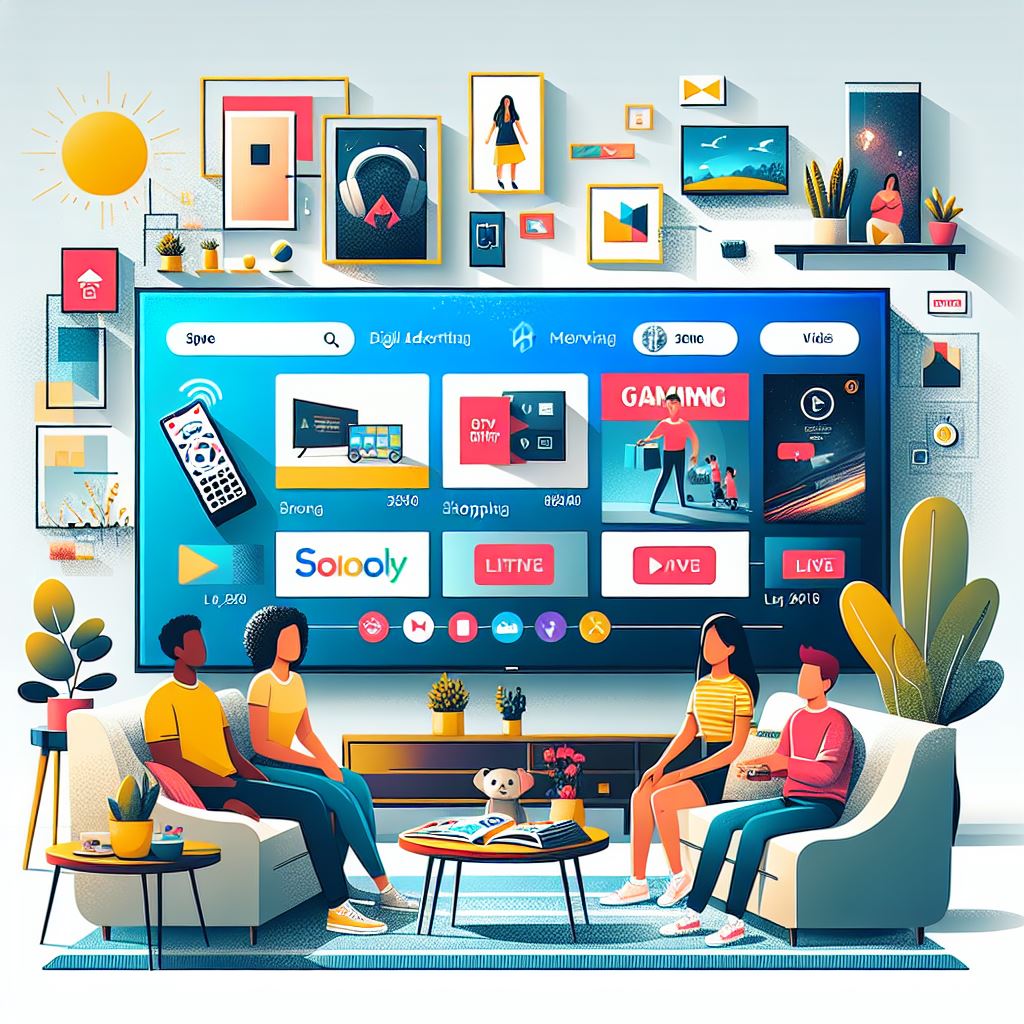Gen Z (also known as digital natives, includes people born between the years 96 and 2015) is like no generation before them. Unlike the previous generation, who live a significant part of their lives without the internet, the new Gen-Z are born in a digital world. They have not known a world without the internet. While the earlier generations struggled to adapt to the internet, Gen-Zers embraced it with ease.
With Gen Z all set to become the biggest set of customers by 2020, the marketers of today find themselves at a peculiar crossroad.
Gen Z customers look for more and more personalised offers. According to a worldwide study conducted by the WP Engine and The Center for Generational Kinetics, 49% of Gen-Zers are willing to provide more of their personal data with brands, if they can get a more personalised digital experience. Nearly, 1 in 2 Gen-Zers responded that they would stop visiting a particular website if it didn’t offer them personalised content.
They are no longer content with generic ads that offer them nothing specific. They are looking for brands that treat as a unique individual and not as a faceless customer to be sold to.
On the other hand, Gen-Zers are getting more and more wary of brands that use their personal data for ways that it was not intended to. The result, we see plenty of regulations that restrict how businesses can use data.
It’s highly imperative for digital marketers of today, to learn how to balance nimbly between – personalisation and privacy, without crossing over and earning the wrath of the next generation of customers.
So, how can marketers address the Privacy Paradox, without missing out on Personalisation and Customisation?
Here is a seven-step guide that all marketers must follow:
1. Understand the Rules
Start by understanding the rules and regulations like the GDPR (General Data Protection Regulation) put forth by the EU and other privacy principles.
2. Rethink the Relationship between Privacy and Personalisation
Aim to build a symbiotic relationship that is a win-win for all. Make sure that you define the requirements before you access and use individual data. This helps you build a contextualised and trusted customer experience.
3. Never Lose Focus on your Customers
Remember that you are using data to enable and to annoy your customers. Use data to enhance and elevate the experience. Always stay in context.
4. Enlist the help of Compliance, PR advisors and Legal experts
When in doubt, always seek help. Instead of, trying to balance privacy and personalisation all on your own, get the help of experts in the area.
5. Educate Others
Emerge as a thought leader in the area. Use generic personalisation tactics with individual-level data.
6. Collaborate with Others
Share your data analysis results with others to expand your personal data collection. However, make sure to seek customer approval before doing so. Be honest and transparent with your customers. Tell them the various ways in which their data would be used.
7. Finally, use only the Data that you Need
Avoid losing the trust of customers by using only specific individual-level data that you need to provide your customers with enhanced user experience.
Learn the Art of Balancing
When handled correctly, you can build a cycle, where customers share even more data with your voluntarily, paving the way for the development of enhanced personalised services and further innovation.





